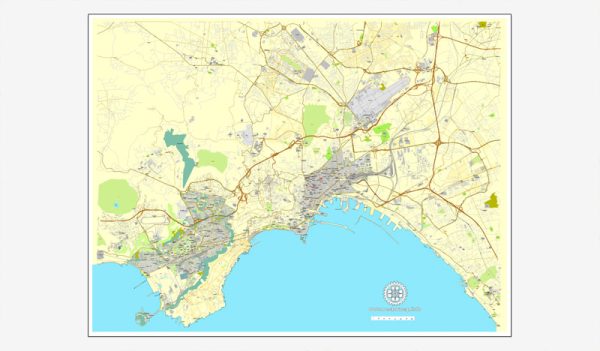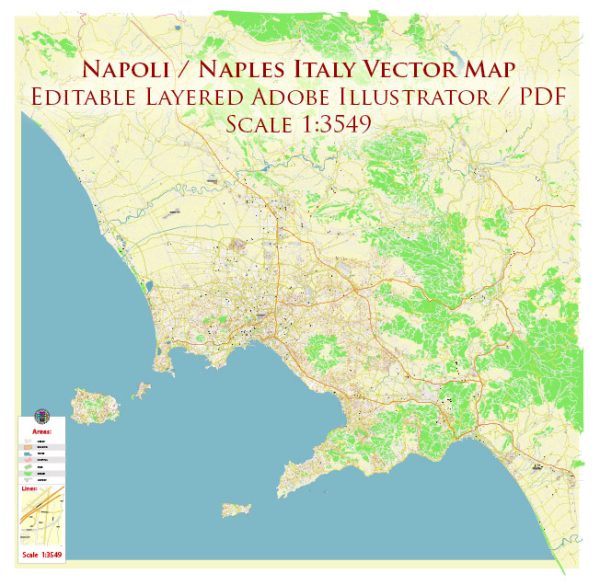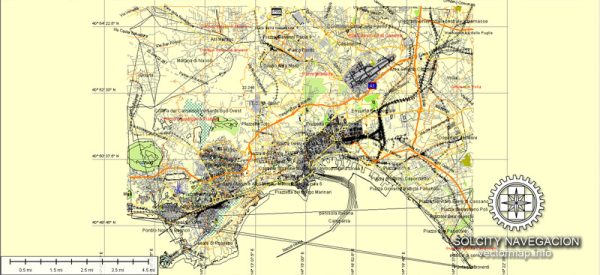Naples, Italy, has a rich history of urban development that spans over two millennia. The city is one of the oldest continuously inhabited urban areas in the world and has been shaped by various civilizations and historical events. Here is a brief overview of Naples’ history of urban development:
- Ancient Greek and Roman Period (8th century BC – 5th century AD):
- Naples was originally founded by the Greeks in the 8th century BC as a colony named Parthenope. It later merged with nearby colonies and became Neápolis, meaning “New City.”
- During the Roman era, Naples flourished as an important port and commercial center. The Romans built various structures, including theaters, baths, and aqueducts.
- Medieval and Renaissance Period (5th century – 17th century):
- After the fall of the Western Roman Empire, Naples went through a series of invasions by different Germanic tribes, Byzantines, and Lombards.
- In the 13th century, Naples became a kingdom under the rule of the Angevin dynasty, followed by the Aragonese and Spanish rulers in the 15th and 16th centuries.
- The Renaissance brought significant architectural and cultural developments to Naples. Palaces, churches, and public squares were constructed during this period.
- Spanish Viceroys and Bourbon Rule (17th century – 19th century):
- Naples became part of the Spanish Empire in the 17th century and later fell under the rule of the Austrian Habsburgs.
- In the 18th century, Naples became the capital of the Kingdom of Naples, ruled by the Bourbon dynasty. The city underwent urban planning initiatives, with the construction of new streets and public spaces.
- 19th and Early 20th Centuries:
- Naples played a crucial role in the Italian unification (Risorgimento) in the 19th century, becoming part of the newly formed Kingdom of Italy in 1861.
- The city continued to grow, and the industrial revolution brought changes to the urban landscape. The construction of the Naples Central Station in the late 19th century facilitated transportation.
- World War II and Post-War Period:
- Naples suffered significant damage during World War II, with many historic buildings destroyed or damaged.
- The post-war period saw efforts to rebuild and modernize the city. New neighborhoods and infrastructure projects were initiated.
- Contemporary Period:
- In recent decades, Naples has faced challenges related to urbanization, including traffic congestion and preservation of its historic heritage.
- Efforts have been made to balance modern development with the preservation of the city’s historical and cultural identity.
Throughout its history, Naples has evolved into a vibrant and diverse city, reflecting the influences of different cultures and civilizations. Today, its historic center is a UNESCO World Heritage Site, showcasing the city’s rich architectural and cultural heritage.




 Author: Kirill Shrayber, Ph.D.
Author: Kirill Shrayber, Ph.D.